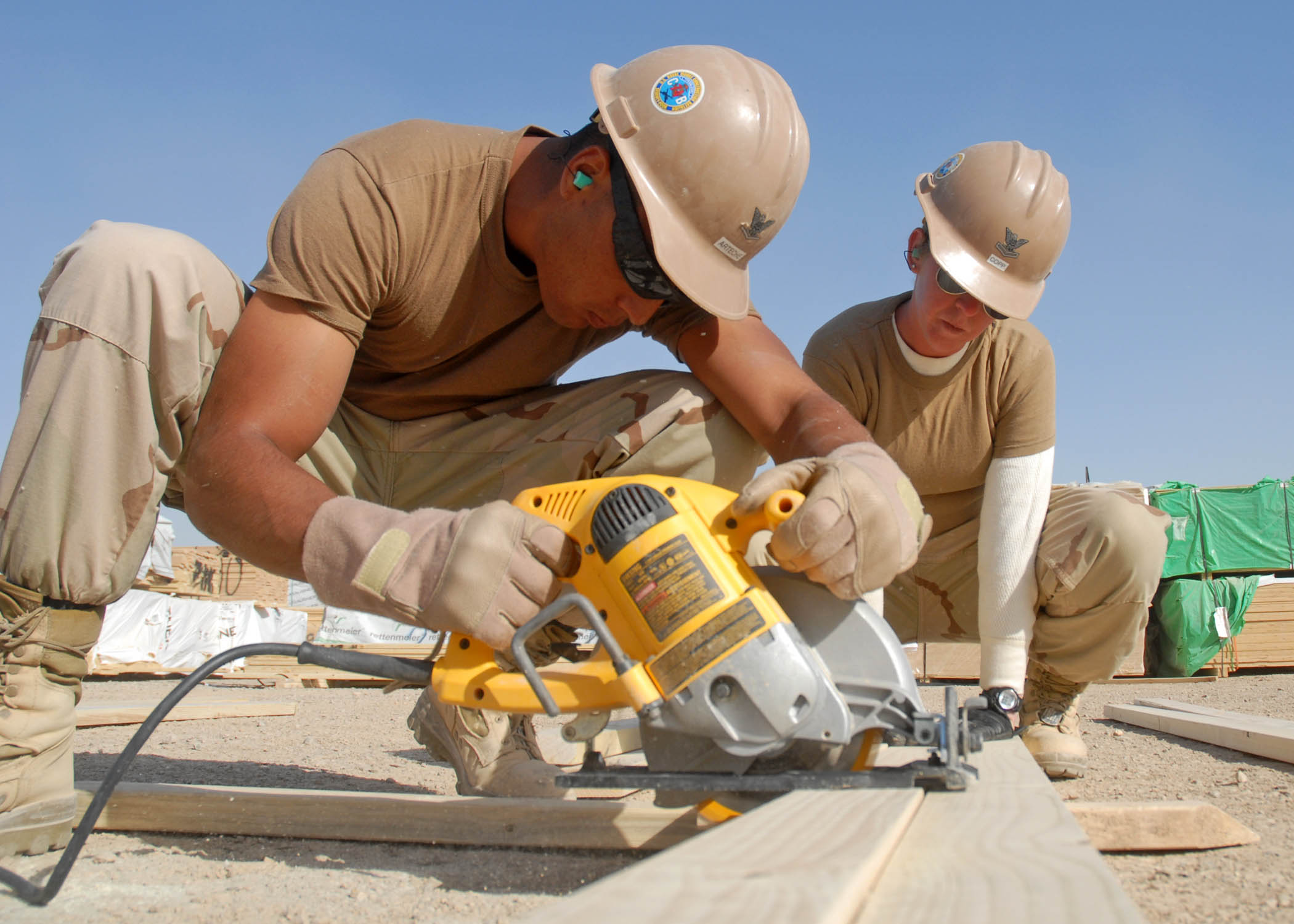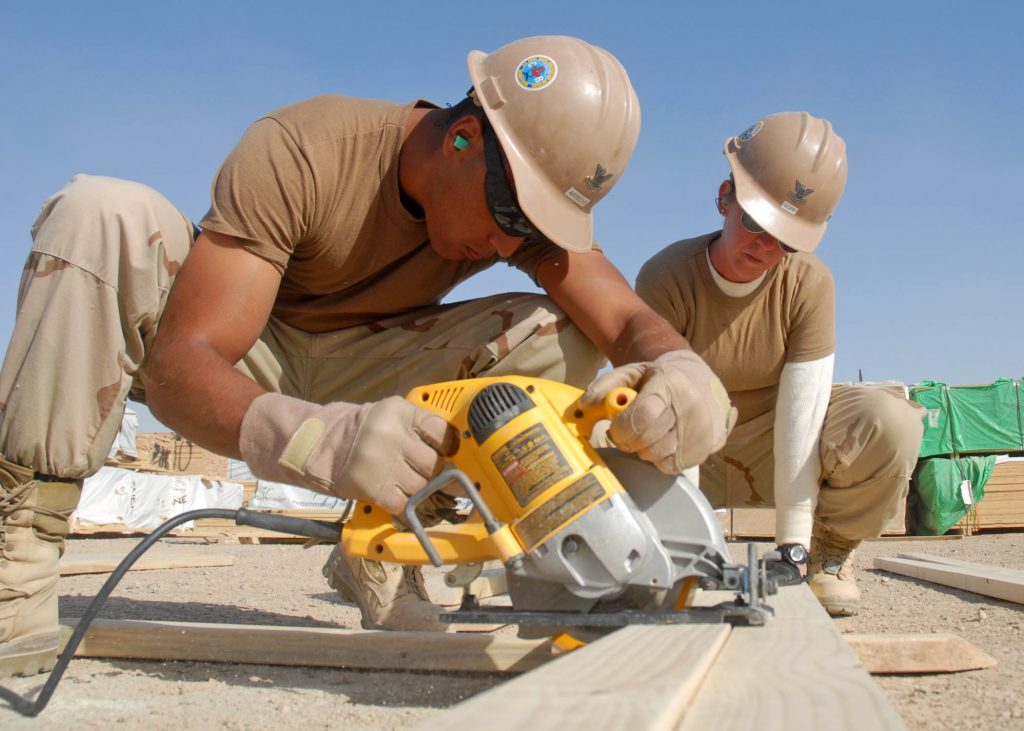5 Types of Additions and How They Add Value


Want to add value as well as space to your home? For the skinny on remodeling…Here’s how!
A person’s home is their castle, but sometimes that castle isn’t big enough to accommodate all its occupants. Maybe you’ve got a baby on the way or an older parent is moving in with you. Maybe you need a workshop to keep up with your hobbies. Whatever the reason, it’s normal to outgrow your space. When it happens, you’ve got two choices—move to a larger home or build an addition to your current home.
What types of additions are there and how do they add value to your home?
Bump It Out
If you’re not up to adding a whole new room or floor to your home, a bump-out could be a good option to add extra square footage where you need it most. If you’ve got a tiny kitchen, a bump-out can add 40 or 50 more square feet of space to make it easier to cook your meals, store your food or add a cozy little breakfast nook.
The cost for these add-ons vary dramatically depending on the location of the bump out and its size. They can run anywhere from $5,000 for a small addition to $30,000 or more for a large, ground level bump-out that requires its own poured foundation.
In terms of cost per square foot, these additions are more expensive than larger builds, but, in the grand scheme of things, they end up costing less because you don’t usually need a ton of extra contractors or permits to add a bump out to your home.
Full Additions
Full additions are the most common. These rooms add space and square footage to a home. You can add anything from a new bedroom to a new den, dining room or living room—the possibilities are only restricted by your budget and the size of your lot.
Full additions are often the most expensive and complicated to add, requiring lots of time and money to complete. A full addition can cost more than $50,000, and the price only goes up as the build gets more complicated.
These additions can be very time consuming, as they require you to hire various contractors to handle HVAC, electricity and plumbing, depending on the type of room being added. You will likely have to apply for permits through your city or county before construction can begin.
These additions take quite a while. If you’ll be staying elsewhere during the build, consider utilizing the overnight hours for construction—the work is more efficient and is often safer than daytime construction. It’s cooler, which can be essential if your home is located in a hot state.
You can save time if you’re under a deadline or are looking for a way to increase productivity and decrease project length, but don’t consider nighttime construction if you have neighbors close by—no matter what time of day you’re building, it’s still noisy!
In addition to adding more space to your home, these new builds add to the resale value of your home. While you may not recoup the entire cost of the project, adding a new garage can add around $40,000 to the resale value of your home depending on your region.
Remodels
Remodeling parts of your home gives your castle a fresh shine without knocking down too many walls. The trick to a good remodel is to have a solid idea of the finished project in mind before you start shopping for contractors. Pick one room and focus on that single room before you jump to another project—nothing looks worse than a house full of half-finished remodeling projects.
The type of remodel you’re planning will determine the price and time needed to complete it. Installing new lighting in the bathroom might cost you a few hundred dollars while remodeling your floor could cost upwards of $15,000.
Most interior remodels don’t require permitting unless you’re knocking down walls, though you should check with your local permit office before you start any remodels. You may need to employ the services of a professional electrician or plumber if you need to run wires or pipes into new areas.
You can save a lot of money on interior remodels by doing some of the work yourself—just make sure you know what you’re doing and don’t tackle any projects you’re not comfortable completing on your own.
Sunrooms
Sunrooms are often unheated rooms primarily made up of windows and designed to let you enjoy the weather without having to be out in it. It can be a great place to keep your outdoor plants safe during extreme weather conditions. They are simple to install because they do not require any additional heating or cooling routing, though you might need an electrician to run wires to power any lights or ceiling fans you choose to install. An unheated sunroom can cost around $15,000, though the price goes up depending on the materials you use. Wood framed sunrooms are less expensive than aluminum ones—those can run upwards of $22,000.
A four-season room is similar to a sunroom but is hooked into the home’s heating and cooling systems. This requires an additional contractor to set up the room’s HVAC. Collectively, these rooms tend to run around $20,000, making them slightly cheaper than a high-end sunroom.
Room Conversions
Do you have an extra garage or attic that’s just being used for storage or taking up valuable square footage? Consider converting the room into something more useful like a bedroom, workshop or craft room. Room conversions can make that extra square footage work for you, as long as you know what you’re doing or employ the skills of a contractor.
Depending on the type of conversion you’re planning, expect to pay anywhere from $25,000 to $40,000. Poorly done conversions can end up costing you more money, and lowering the value of your home, so make sure everything is done properly!
Additions and modifications to your home add space, functionality and resale value in one fell swoop. Employ professional contractors to make sure all the new work is up to code. Otherwise, it might end up costing you more money than you put into it.
Source: RisMedia

 Facebook
Facebook
 X
X
 Pinterest
Pinterest
 Copy Link
Copy Link











